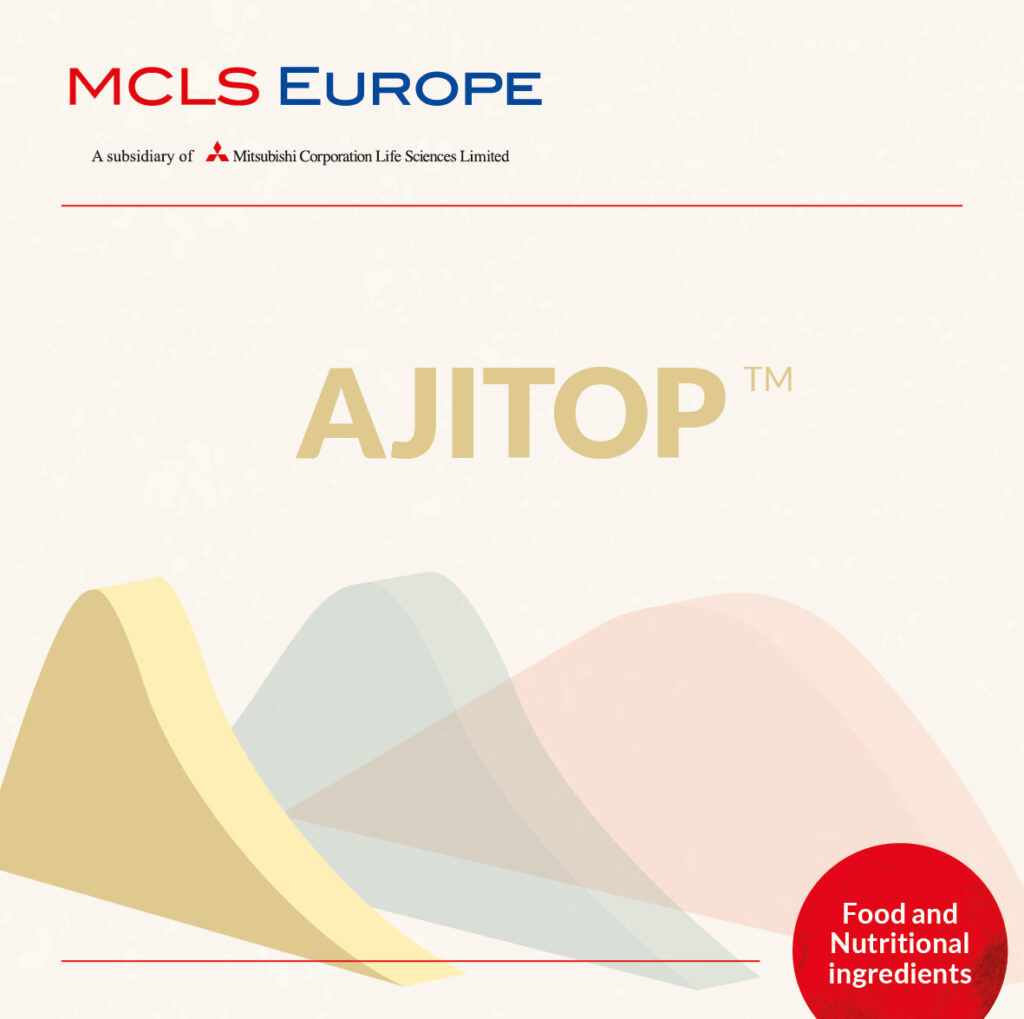Umami
Home → Umami
The fifth basic taste your tongue can detect, apart from sweet, salty, sour, and bitter, is umami, a unique savoury flavour identified in Japan by Dr. Kikunae Ikeda in 1908. This taste can be translated as “pleasant savoury taste,” and people detect it through a series of taste receptors that respond to glutamates and nucleotides. These compounds are widely present in meat broths, slow-cooked foods, and fermented products, as well as in a variety of Western dishes.
In Japan, “Dashi” is a staple in many meals. Dashi is a broth made from kombu seaweed, rich in glutamate, and dried bonito fish, rich in nucleotides. This broth is an important basis for Japanese cuisine, providing a savoury taste to many dishes.
This savoury taste is not only important in Asian cuisine. The most respected European cuisines also feature many dishes rich in this flavour. In Italian cooking, tomatoes, parmesan cheese, mushrooms, and cured ham provide a rich savoury taste. In French cuisine, stocks simmered for many hours serve as an important base for many delicious soups, sauces, and meals. When savoury food is not delicious and rich, it is often because it lacks this essential taste, which makes us experience food on a deeper level.
This unique flavour does not only come from glutamate and nucleotides. Other amino acids naturally present in yeast extracts and other foods also contribute to this savoury taste. Japanese scientist Yamaguchi designed the Yamaguchi equation to calculate the savoury strength of food products containing amino acids and nucleotides, showing the synergy between these compounds in creating a savoury taste.
The savoury effect of Ajitop is very fast and provides a strong upfront impact, while Aromild offers a long-lasting effect. Combining these two products leads to a synergistic savoury taste from beginning to end.

For more information or advice, please contact us.
Our ingredients related to umami
Inquiries

Vice President R&D and QA
- Hands-on collaboration
- Personal service
- Local warehousing





